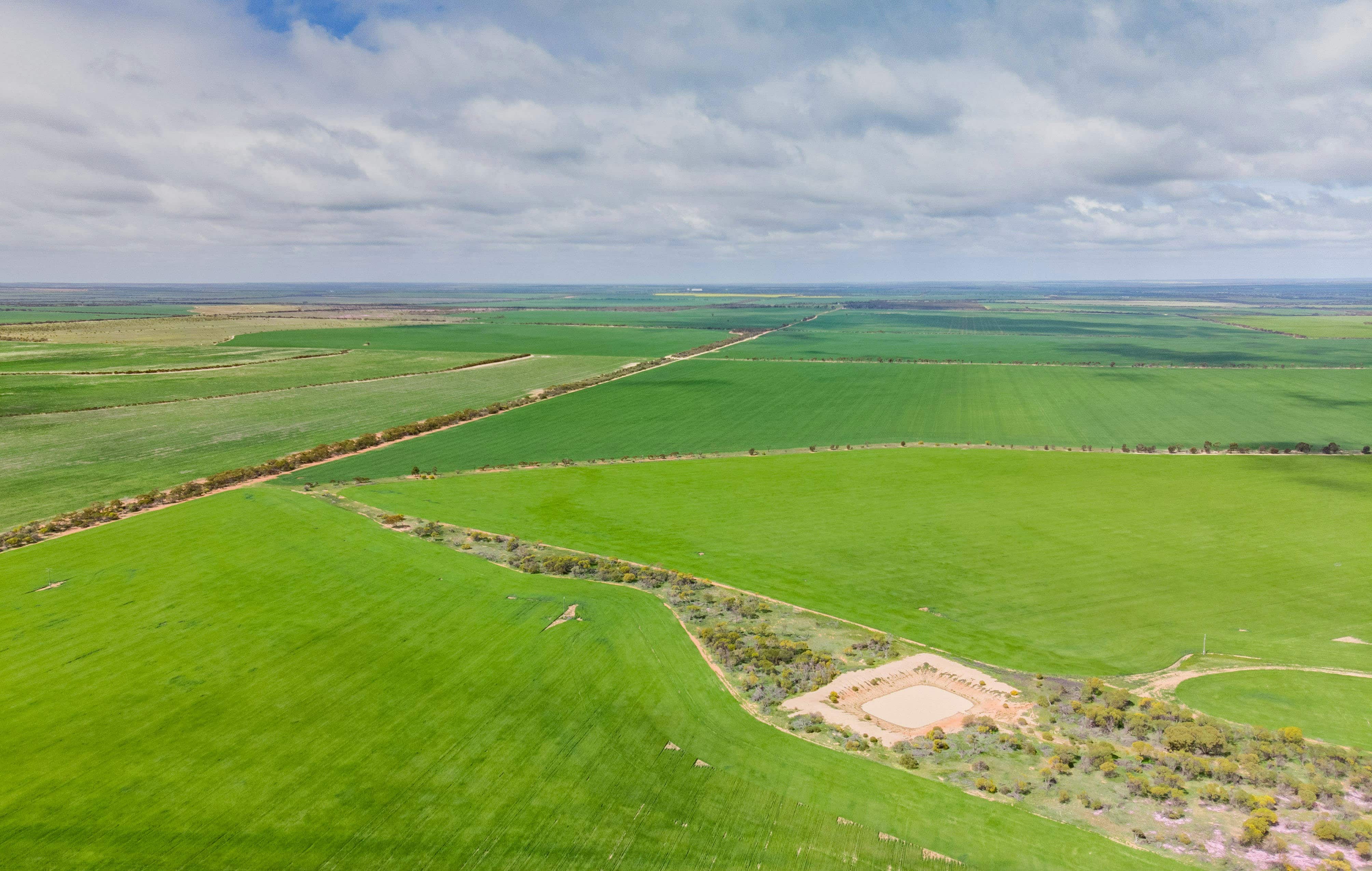Key Takeaways:
- South Australia, in collaboration with the Federal Government and industry, has committed $24.4 million to lower agricultural greenhouse gas emissions.
- The research initiative, led by SARDI, aims to support South Australia’s goal of achieving net zero emissions by 2050.
- Agricultural emissions, primarily from fertilizer use and livestock methane, accounted for 37% of the state’s emissions in 2022.
- Key research areas include methane mitigation, soil carbon storage, and crop improvements.
- Farmers will benefit from early access to innovative emission reduction solutions tailored for South Australia’s unique climate and soil.
South Australia’s Commitment to Agricultural Emission Reduction
South Australia has announced an $8.4 million commitment to support research aimed at reducing greenhouse gas emissions from agricultural practices. Combined with $16 million in contributions from the Federal Government and industry, this investment brings total funding to $24.4 million, with a focus on advancing sustainable farming practices across the state. The South Australian Research and Development Institute (SARDI) will lead the initiative, aiming to help South Australia achieve its net zero target by 2050.
The Role of Agriculture in Greenhouse Gas Emissions
Agriculture is a significant contributor to greenhouse gas emissions in South Australia, making up 37% of the state’s total emissions in 2022. Fertilizer production and livestock methane emissions are among the primary sources. South Australia’s grain farmers face challenges with emissions from fertilizers, while livestock emissions primarily come from methane produced by ruminants, such as cattle and sheep.
The South Australian Government has set ambitious targets, committing to a 60% reduction in greenhouse gas emissions from 2005 levels by 2030 and net zero emissions by 2050. This research effort is a part of the state’s strategy to address agricultural emissions and support sustainable practices within its $18.5 billion agriculture sector.
Research Areas and Emission Reduction Initiatives
The SARDI-led initiative will focus on several key research areas to advance sustainability in agriculture, including:
- Methane Mitigation: Testing products and identifying bioactive molecules that can reduce methane emissions in livestock without impacting productivity. This research will focus on maintaining wool, milk, and meat quality.
- Plant Breeding and Selection: Exploring alternative feed options through plant breeding to naturally reduce methane emissions in livestock, with a focus on options suitable for South Australia’s grazing systems.
- Agronomy and Soil Carbon Storage: Investigating soil improvement practices to enhance carbon storage and exploring legume crop production as a means to reduce the use of synthetic nitrogen fertilizers.
- Management for Emission Mitigation: Ensuring South Australian producers have early access to newly developed emission reduction solutions, technologies, and information as soon as they are available.
The research will primarily be conducted at SARDI innovation farms and in collaboration with farming groups across various climate zones in South Australia.
Industry Perspectives and Goals for the Future
South Australia’s Minister for Primary Industries, Clare Scriven, emphasized the importance of these efforts in maintaining market access and supporting the state’s agricultural sector. “The global agricultural market is demanding that producers demonstrate their commitment to reducing emissions and using sustainable agricultural practices,” Scriven said. “We have already reached a 50% reduction from 2005 levels, but to reach net zero by 2050, we need to act across all sectors, and this commitment is the first step.”
Local farmers see these initiatives as aligned with long-standing sustainability goals. Agrian McCabe, owner and manager of McCabe AgCo, remarked, “As multi-generational farmers, embracing net zero targets for South Australia aligns with our commitment to ‘doing more with less.’ By focusing on soil health and optimizing resource use, we aim to leave the land in better condition for future generations.”


